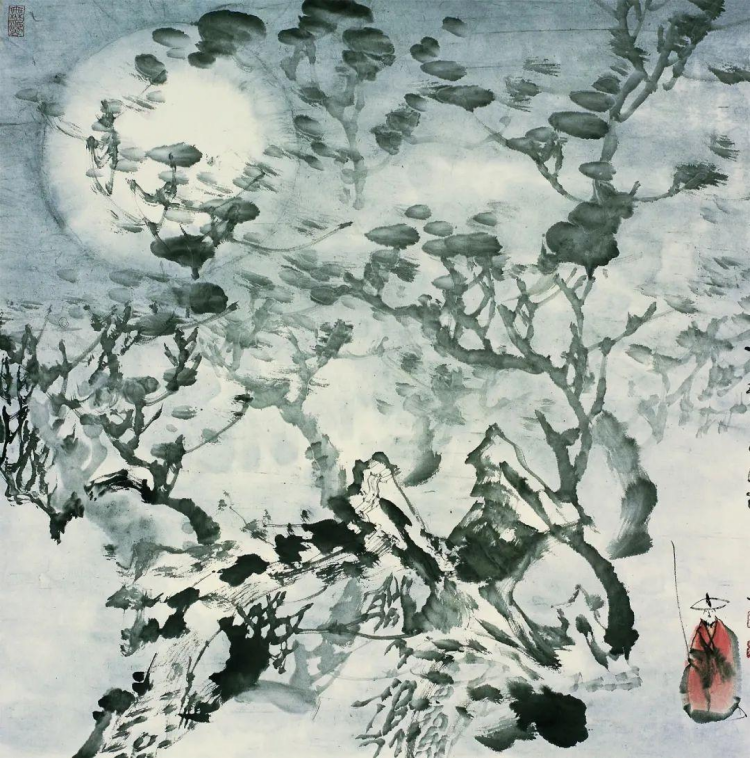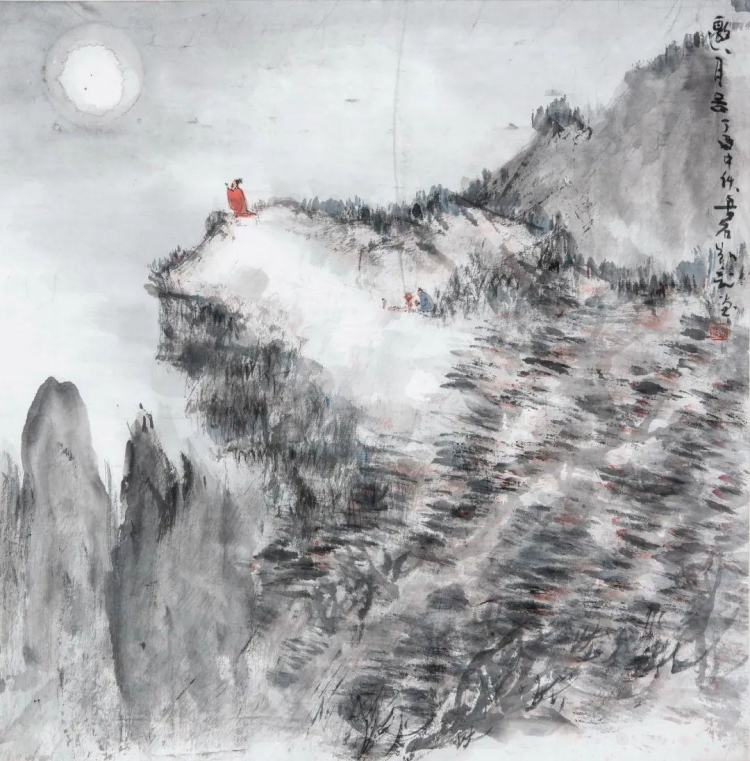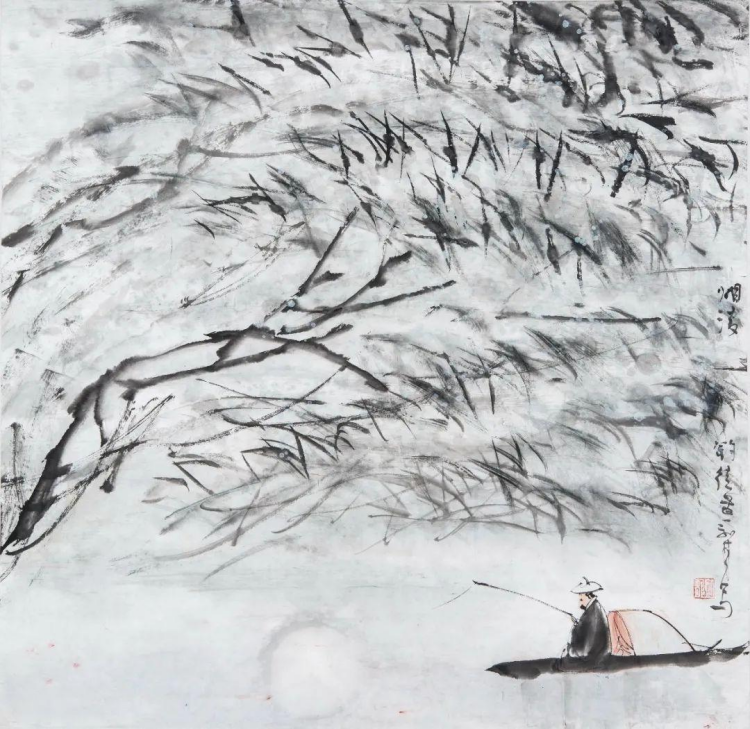Chinese painting, the essence of national essence.
With a long history and a rich tradition, Chinese painting has become a dazzling pearl in China’s traditional culture after years of baptism and change. Its distinctive national style and rich forms have left their own marks on China’s painting system.
“The intention of the painter has been fully considered before painting, and the painter’s precise and profound intention lives on in the completed painting.” This is the interest of Chinese painting. It does not pursue similarity in form but in spirit. With a bold or light touch of the pen, the charm and artistic conception of“expressing the spirit with form, combining both form and spirit” is achieved in the interplay of pen and ink.
“When setting the color of the image in the picture, the similarity should reach the original color of the image as far as possible, thenit will be charming always with either light or heavy colors.” This is the color of Chinese painting. The dark or light ink gives color to Chinese painting, achieving the variations of“ink and color never interfere with each other; the whole painting is full of quiet and wisdom, keeping it as original as possible.”At first glance, it seems like mottled colors, but upon closer inspection, there are only two colors of black and white.
Chinese painting has a profound artistic conception and a long lasting appeal. With all kinds of variation, it’s beyond words and is the national essence!

(Su Dongpo Goes Visit His Friend /Pained by Lin Kailong)
Mr. Lin Kailong is dedicated to the study of Chinese painting. As a scholar-painter, he was once hired as a writer and illustrator for the“History of Chinese Fine Arts” (12 volumes), which valuable working experience allowed him to explore the history of painting while also familiarizing himself with the masterpieces and styles of various historical periods.
No matter the brilliance of the Dunhuang murals, the simplicity of Liang Kai and Xu Wei’s cursive and freehand style, the eccentric figures of Chen Laolian, or the simple, natural and pure style of Ni Zan, the vigorous and dignified style of Wang Meng, and the lush and vigorous landscapes of Shi Tao, all of them have become classics for him to learn from and seamlessly blended into Lin Kailong’s unique painting style that is elegant, lush, and vigorous.




(Four sheets about one foot square with inscription for pasting on wall. Painted by Lin Kailong)
Nowadays, based on his long-term imitations and experience, and with the logical thinking of a science student, Mr. Lin Kai-long provides his own interpretation of the patterns in Chinese painting from the perspective of imageology: starting from the“point” of a primitive man striking stones,“point” drawing by Huang Binhong is the“the Great ultimate” of the painting history. Lin has formed a unique view of Chinese painting history -“the ultimate completion of traditional Chinese painting.”

(The wind is blowing the pines, and friends are tasting tea. Painter Lin Kailong)
How has the development of Chinese painting evolved step by step?
Listen to Lin Kailong as he recounts the history of Chinese painting and provide you with another perspective on observing the history of painting. This can trigger thinking on how to move towards the future while starting from tradition.
At the same time, Lin Kailong will draw paintings with a brush at the lecture, allowing students to closely appreciate the beauty of Chinese painting and experience the splendor of traditional Chinese culture. Students also have the opportunity to pick up a brush and experience the feeling of ink spreading on rice paper.


